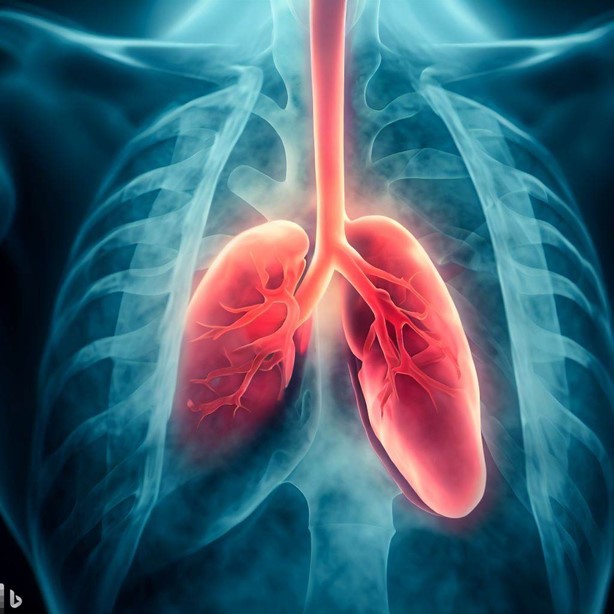The 1-day postpartum patient shows a temperature elevation, cough, and slight shortness of breath on exertion. Based on these symptoms, the nurse should:
Document expected postpartum mucous membrane congestion
Notify the charge nurse of a possible upper respiratory infection
Notify the physician of a possible pulmonary embolism
Medicate with antipyretic remedy for elevated temperature
The Correct Answer is C
Notify the physician of a possible pulmonary embolism. This is because the client's symptoms suggest that she has a pulmonary embolism, which is a blockage of a blood vessel in the lungs often caused by blood clots that travel from the legs. Pulmonary embolism is a life-threatening condition that requires immediate medical attention. The client may also have chest pain, coughing up blood, dizziness, or fainting.

Choice A is wrong because postpartum mucous membrane congestion does not cause fever, cough, or shortness of breath.
Choice B is wrong because an upper respiratory infection does not cause edema and redness along the saphenous vein.
Choice D is wrong because an antipyretic remedy does not treat the underlying cause of the fever and may mask the severity of the condition.
Nursing Test Bank
Naxlex Comprehensive Predictor Exams
Related Questions
Correct Answer is B
Explanation
Prevent infection of the eyes from vaginal bacteria. This is because some newborns can be exposed to bacteria such as gonorrhea or chlamydia during delivery, which can cause a serious eye infection called gonococcal ophthalmia neonatorum (GON). Applying an antibiotic ointment such as erythromycin or ilotycin can prevent GON and other less severe eye infections by killing the bacteria.
Choice A is not correct because the umbilical cord does not need antibiotic ointment to prevent infection. It should be kept clean and dry until it falls off naturally.
Choice C is not correct because the tear ducts are not affected by vaginal bacteria. They are small tubes that drain tears from the eyes to the nose.
Choice D is not correct because the urethra is not a common site of infection for newborns. The urethra is the tube that carries urine from the bladder to the outside of the body.
Correct Answer is A
Explanation
Asymmetrical chest movement is a sign of respiratory distress in the newborn, as it indicates unequal lung expansion or airway obstruction. A respiratory rate of 50 breaths/minute (choice B) is normal for a newborn, as is acrocyanosis (choice C), which is a bluish discoloration of the hands and feet due to immature peripheral circulation. Short periods of apnea (less than 15 seconds) (choice D) are also common and benign in newborns unless they are associated with bradycardia or cyanosis.
Choice B is not correct because a respiratory rate of 50 breaths/minute is within the normal range for a newborn.
Choice C is not correct because acrocyanosis is a normal finding in newborns and does not indicate respiratory distress.
Choice D is not correct because short periods of apnea (less than 15 seconds) are normal in newborns and do not indicate respiratory distress.
Whether you are a student looking to ace your exams or a practicing nurse seeking to enhance your expertise , our nursing education contents will empower you with the confidence and competence to make a difference in the lives of patients and become a respected leader in the healthcare field.
Visit Naxlex, invest in your future and unlock endless possibilities with our unparalleled nursing education contents today
Report Wrong Answer on the Current Question
Do you disagree with the answer? If yes, what is your expected answer? Explain.
Kindly be descriptive with the issue you are facing.
